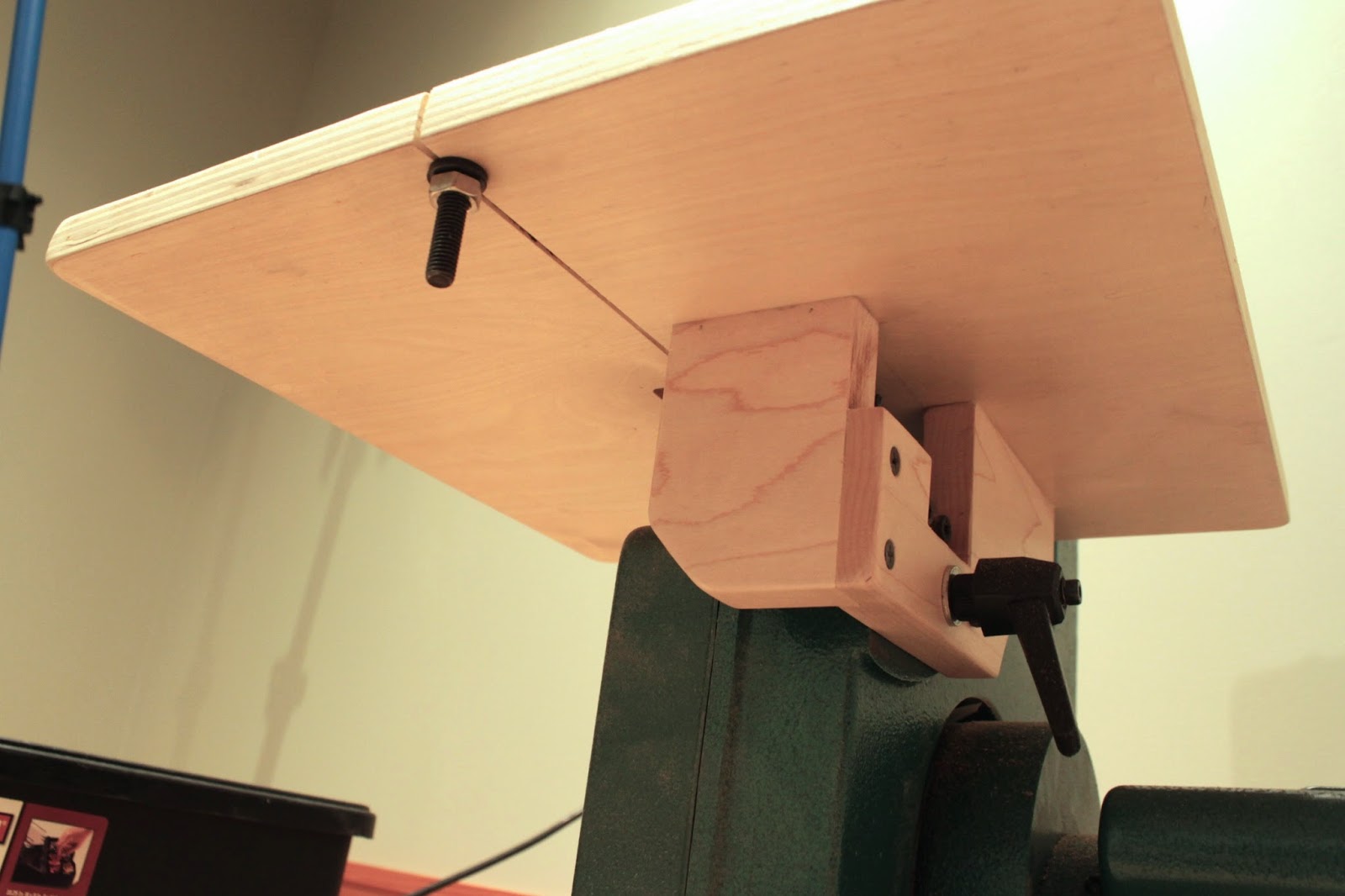Skip to the bottom of the photographs if you want to read about calibration.
I bought a planimeter on Ebay with the intention of actually using it. It cost about $40, which is both cheap and expensive depending on how you see it. Compared to making one from scratch, it is practically free. It's expensive in the sense that planimeters are very precise instruments, and you'd have to be lucky to end up with one in good condition after 50 years of use.
It took me a day and a half of machining and calibration to make it work properly again. One of the hardened bearing points on the 'integrating wheel' was shattered, so I put it in the lathe and sharpened it with an abrasive stick. I cleaned out the mating bearing surface with a sewing needle, alcohol, and compressed air.
Above, the setscrew head was mangled. I shaped a small screwdriver to remove it, and I restored the slot with a jeweler's saw. I filed some of the painted surfaces as you can see. Bare brass seems to endure the test of time, and the paint was not looking good.
Below, the 'dumb' wheel was sticky when I got it. I think it might have been that way from the factory. The shoulder screw didn't have any thread relief before the shoulder, so it would not shoulder up to the mating hole like it was supposed to. The person who put it together cranked down on the screw to remove lateral play from the wheel, and screwed up the threads. I filed a relief in the shoulder screw, filed the brass post down to a better situation, and countersunk the female threads a little. The wheel spun very freely afterwards.
How to Calibrate a Polar Planimeter:
There is a free book on planimeter use and theory here:
https://archive.org/stream/polarplanimeter00yendgoog#page/n6/mode/2up
I learned a bit from it, but ugh. Skipped much of the theory (I'm not that good at math). Not an easy read... obfuscated and longer than it needs to be.
So here is the machinist's guide to calibration and testing. I'm sure this is not good enough for some people, and far too thorough for others. I'm not responsible for wrecked planimeters; this was just my approach.
- Make the planimeter mechanically as good as it can be. It doesn't
have that many parts, so take apart everything that comes apart easily.
Remove rust with fine grit sandpaper, polish compound, or scotchbrite.
Clean with alcohol or similar. Use thin lubricant (I used sewing machine
lube, you could probably do better) on bearings and moving parts, grease on threads. Re-assemble.
- Adjust
integrating wheel bearings, for correct distance from vernier scale and
correct bearing preload. I tightened the female bearing a touch past
when the play stopped being detectable. The wheel still spins freely enough that its inertia keeps it fairly still when the planimeter body is rocked along the same axis.
- Adjust
the pointer, vertically. I just set the planimeter on a flat surface
and made sure the body of the planimeter was parallel to the surface,
accurate to maybe .01".
- Adjust the pointer location, so that
the axis of the tracer arm (really an imaginary line that connects the pole-planimeter pivot axis to the pointer axis) is parallel to the axis of the integrating wheel. This is
one of the variables that allows the planimeter to work as accurately
as it does.
I set out to do this by methodical placement of the 'test
plate'. In theory, this can be worked out by putting the test plate
closer to and further away from the 'post' (the part that sticks into
the work and remains a stationary pivot). By comparing the test results
inside and outside of the 'base circle' or 'neutral circle,' you can tweak the point for maximum accuracy. I must have measured a square mile trying to adjust the point this way. The point position that seemed to give the most repeatable accuracy in all positions was visibly NOT parallel with the axis of the integrating wheel though.
What I found was that the planimeter was consistently more precise measuring the green and yellow test plate positions than the red one. It's clear when you use the planimeter that the red position will induce error. The wheel goes two steps forward and one step back, if you will, instead of just one step forward.

SO, I ended up aligning the pointer by eyeballing it, essentially. I did do some measurement. This seemed to yield better accuracy at green and yellow positions, and the red position is just not accurate.
KEEP IN MIND, these test plate trials were not returning accurate numbers, just very repeatable/precise ones. Repeatable being, +.03" to +.06" ^ 2. Three turns forwards and three turns backwards on the test plate brought the planimeter exactly back where it was. This gave me confidence that the integrating wheel bearings were adjusted correctly, and that the planimeter was going to work eventually. The tables at the back of the book show that this is reasonable precision for a polar planimeter. However, all of the results were a couple hundredths of a square inch too high. This segways into the next step.
5. Adjust the tracer arm in or out to bring the planimeter to the correct scale. If the planimeter repeatedly measures more area than it's supposed to, the arm needs to be extended. If the planimeter is measuring low, the arm needs to be retracted. Make sure you are tightening the tracer arm setscrews in a way that keeps it parallel with the axis of the wheel.
6. That's it! My repaired planimeter consistently measures ±.01" ^ 2 for the 10" ^ 2 test plate. Good as new!
Hopefully that helped.


















